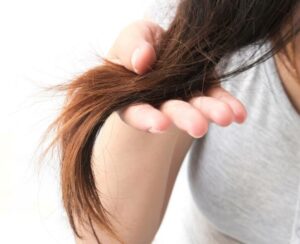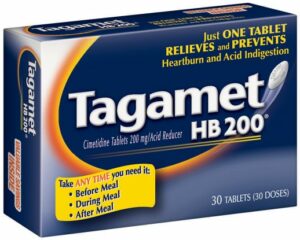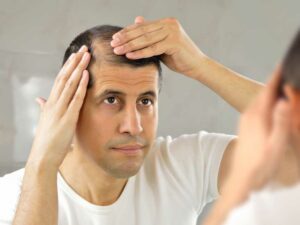Hair Loss Study Abstract
BACKGROUND: Minoxidil has been widely used to treat androgenetic alopecia, but little is known about its pharmacological activity or about the identity of its target cells in hair follicles. We hypothesized that minoxidil has direct effects on the proliferation and apoptosis of dermal papilla cells (DPCs) of human hair follicle.
OBJECTIVE: To elucidate the mechanism of topical minoxidil action in terms of stimulating hair growth.
METHODS: We evaluated cell proliferations in cultured DPCs by 3-(4,5-dimethylthiazol-2-yl)-2,5-diphenyl tetrazolium bromide (MTT) and measured the expressions of extracellular signal-regulated kinase (ERK), Akt, Bcl-2, and Bax by Western blot. We also measured elongation of hair follicles in organ culture. RESULTS: Minoxidil significantly increased the proliferation of DPCs. The levels of ERK phosphorylation and of phosphorylated Akt increased significantly 1 h post-treatment; percentage increase of ERK phosphorylation was 287% at 0.1 microM and 351% at 1.0 microM of minoxidil, and that of Akt phosphorylation was 168% at 0.1 microM and 257% at 1.0 microM of minoxidil. 1.0 microM of minoxidil increased Bcl-2 expression over 150%, while 1.0 microM of minoxidil decreased Bax expression by more than 50%. Moreover, a significant elongation of individual hair follicles in organ culture was observed after adding minoxidil.
CONCLUSION: Minoxidil promotes the survival of human DPCs by activating both ERK and Akt and by preventing cell death by increasing the ratio of Bcl-2/Bax. We suggest that minoxidil stimulates the growth of human hairs by prolonging anagen through these proliferative and anti-apoptotic effects on DPCs.
Author
Han JH, Kwon OS, Chung JH, Cho KH, Eun HC, Kim KH.
Address
Department of Dermatology, Clinical Research Institute, Seoul National University College of Medicine, Seoul National University Hospital, 28 Yongon-Dong, Chongno-Gu, Seoul 110-744, South Korea.
Source
J Dermatol Sci. 2004 Apr;34(2):91-8
Language
English





